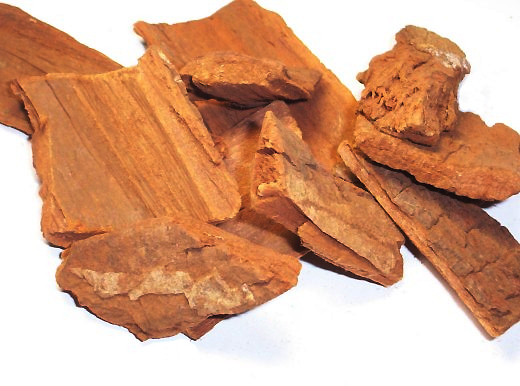by admin | May 19, 2014 | Skin Health
How olives, green tea, hyaluronic acid, and silicon can make your more beautiful Radiant and vibrant hair, skin, and nails have long been associated with good health. While most people try and improve the appearance of these tissues from the outside, the real secret...

by admin | May 13, 2014 | Natural Facts
Introduction: Psoriasis is a painful and visible inflammatory skin condition that affects nearly 8 million people and often leads to embarrassment and even depression. A new study conducted at a major university in Italy found that supplementation with Pycnogenol®, a...

by admin | May 13, 2014 | Healing Food Facts
Although garlic is extremely popular, few know that it is actually a member of the lily family. Garlic is a native to Central Asia, and as one of the oldest cultivated plants, its usage predates written history. Sanskrit records document the medical use of garlic as...

by admin | May 12, 2014 | Natural Facts
Understanding your genetic clock and how to slow it down For many years, it was thought that cells were immortal if provided an ideal environment. That belief was discarded in the early 1960s when Leonard Hayflick, PhD, observed that human fibroblasts in tissue...

by admin | May 6, 2014 | Natural Facts
Introduction Low back pain (LBP) affects roughly 25% of North Americans within any three-month period and is the major cause of pain and worker disability. Although 80% to 90% of people with LBP improve by 12 weeks, others will continue to report symptoms for more...






